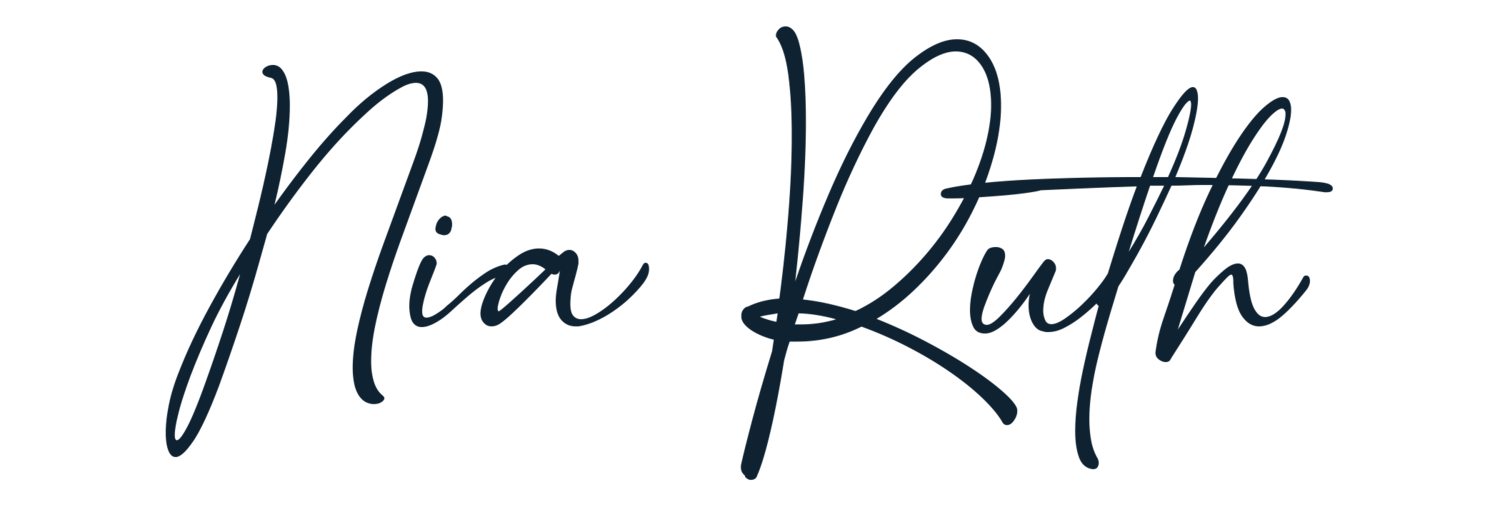Your Guide to Champagne
Champagne is the universal symbol of celebration, and whether you're hosting or attending a celebration of any kind, I'm sure you'll be sipping lots of bubbles! This guide gives you an overview of the champagne need-to-knows: how it's made, the grapes used to produce champagne, and the styles of champagne you're most likely to sip!
How champagne is made
Champagne is wine made effervescent with carbon dioxide created as a result of fermentation. Complexity in the sparkling winemaking process comes from the need for two fermentations: one to create the alcohol in the wine and the second to create bubbles. The second fermentation can be done in a variety of ways, but champagne uses the traditional method, also known as the champagne method or méthode champenoise. The traditional method is the most technical, time consuming, and labor-intensive production method, and therefore, also the most costly. The distinguishing feature of the traditional method is that the transformation from still to sparkling wine happens entirely in the bottle!
The grapes used in champagne
The three grapes you'll find in a traditional bottle of champagne are a blend of Chardonnay, Pinot Noir, and Pinot Munier. Chardonnay is the only white grape you'll find in champagne, and it is mild in flavor, but brings acidity and crispness to the wine. Pinot Noir is a red grape that brings fruity, earthy, and intense aromas. Pinot Meunier, another red grape, adds body and richness to champagne.
Common styles of champagne
The primary differentiator between Extra Brut, Brut, and Rosé champagne is the amount of sugar used in each style. The driest of the three styles is Extra Brut, with under 6 g/L of residual sugar. Extra Brut champagnes are the highest in acid, have accentuated carbonation, and are the driest of the three styles. Brut champagne is the most popular style, and accounts for almost 80% of champagne imports into the U.S.! Brut champagne has up to 12 g/L of residual sugar, and is known for its balance, roundness on the palate, and drinkability! Finally, Rosé champagne has a similar amount of residual sugar to Brut champagne and gets its pink hue from adding a small percentage of still Pinot Noir into the mixture of bubbles!
I put together a bundle of three of my favorite champagnes to help you celebrate events big and small! This set of Extra Brut, Brut, and Rosé champagnes are hand-crafted, come from Premier Cru vineyards, and are made using low-intervention winemaking techniques. Rendezvous Champagnes pair perfectly with a range of foods, from cheese and charcuterie, to seafood, to rich desserts, and are the perfect bottle to sip to celebrate it all! Shop the bundle here!
Cheers!



